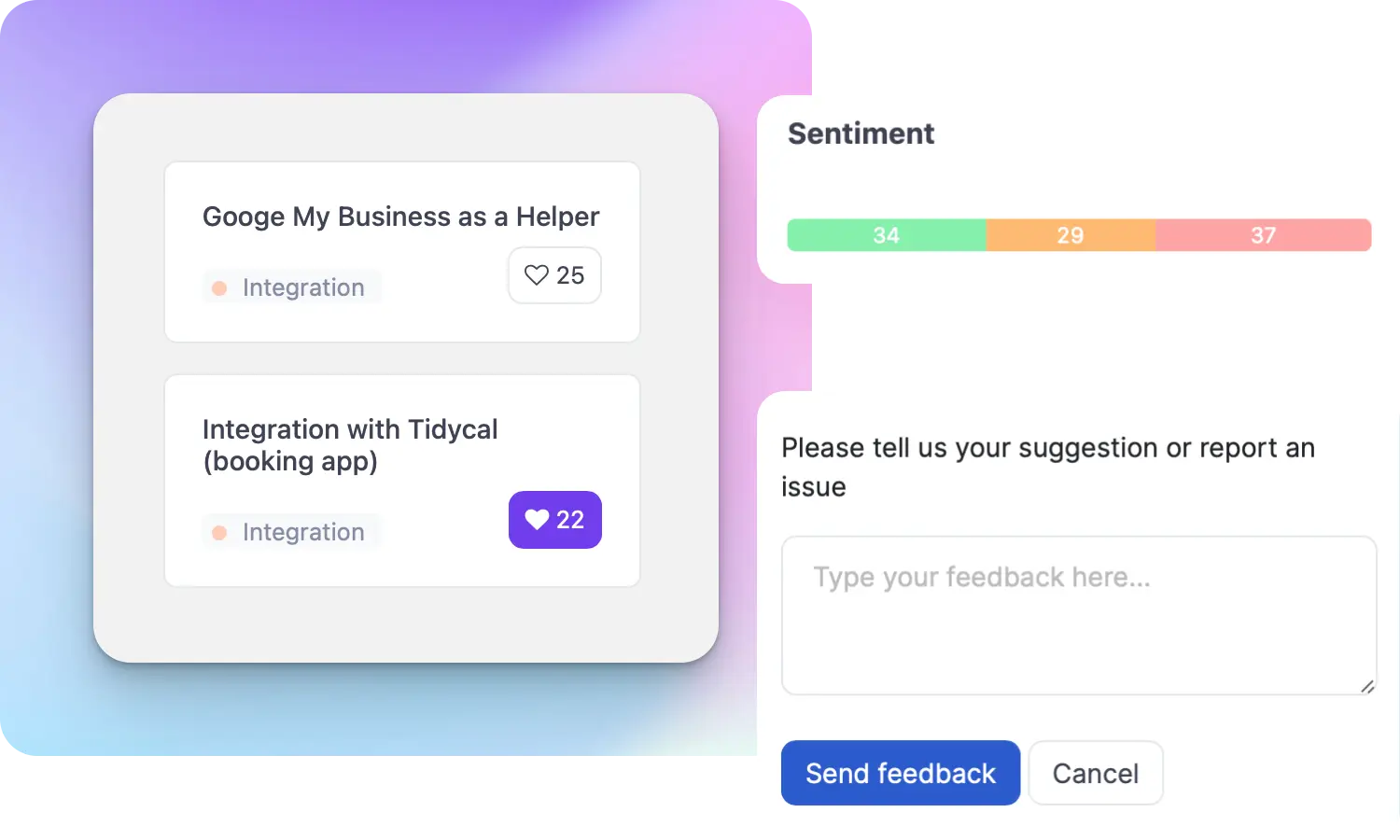What is a Weighted Scoring?

Ruben Buijs
Weighted scoring is a powerful technique used in product management to objectively evaluate and prioritize different features, ideas, or projects based on their importance and impact. It involves assigning weights or values to various criteria or factors and then calculating a score for each item based on these weights. This method helps product managers make informed decisions and allocate resources effectively.
Examples
Let's say a product manager needs to decide which new features to prioritize for the next product release. They can use weighted scoring to evaluate each feature based on criteria such as customer demand, business value, development effort, and technical feasibility. By assigning weights to these criteria, the product manager can calculate a score for each feature, enabling them to prioritize and focus on the most valuable ones.
For instance, if a product manager is developing a mobile app and wants to improve user experience, they can use weighted scoring to evaluate potential enhancements. They might assign a higher weight to criteria like usability and performance, while giving lower weights to factors like aesthetics or social media integration. By applying weights and calculating scores, they can identify the most impactful improvements to prioritize.
Importance
Weighted scoring is crucial in product management as it provides a structured and data-driven approach to decision-making. It eliminates biases and subjectivity by considering multiple factors and assigning appropriate weights to them. This method helps product managers make informed choices based on a clear understanding of the relative importance and impact of different options.
By utilizing weighted scoring, product managers can avoid making decisions solely based on personal preferences or opinions. Instead, they can objectively evaluate and compare various features or projects, ensuring that resources are allocated to initiatives that align with the overall product strategy and deliver the most value to customers and the business.
How to Use It
To effectively use weighted scoring, product managers can follow these steps:
-
Identify criteria: Determine the key factors that are relevant to the decision at hand. These criteria should align with the product strategy and goals.
-
Assign weights: Assign relative weights to each criterion based on their importance. The sum of all weights should be 100% to maintain a proper balance.
-
Rate each item: Evaluate each feature, idea, or project against the criteria and rate them on a predefined scale (e.g., 1-10).
-
Calculate scores: Multiply the ratings of each item by their corresponding weights and sum the results to obtain a weighted score for each item.
-
Prioritize: Sort the items based on their weighted scores in descending order. This prioritized list helps in making informed decisions and allocating resources effectively.
Useful Tips
-
Keep the number of criteria manageable: Too many criteria can make the evaluation process complex and time-consuming. Focus on the most critical factors that truly impact the success of the product.
-
Involve stakeholders: Gather input from various stakeholders such as customers, developers, and business leaders when defining criteria and assigning weights. This ensures a well-rounded perspective and buy-in from all parties involved.
-
Regularly update weights: As market conditions, business goals, or customer needs change, it's important to review and adjust the weights assigned to criteria. Regularly revisiting and updating the weights helps to maintain the relevance and accuracy of the scoring model.
-
Consider trade-offs: Weighted scoring provides a holistic view of different options, but it's essential to consider trade-offs between criteria. Sometimes, a feature with a lower score in one area might be more valuable overall due to its impact on other factors.
Related Terms
- Product Prioritization
- Decision Matrix
- Cost-Benefit Analysis
- Risk Assessment
- Feature Scoring
- Impact vs. Effort Matrix





